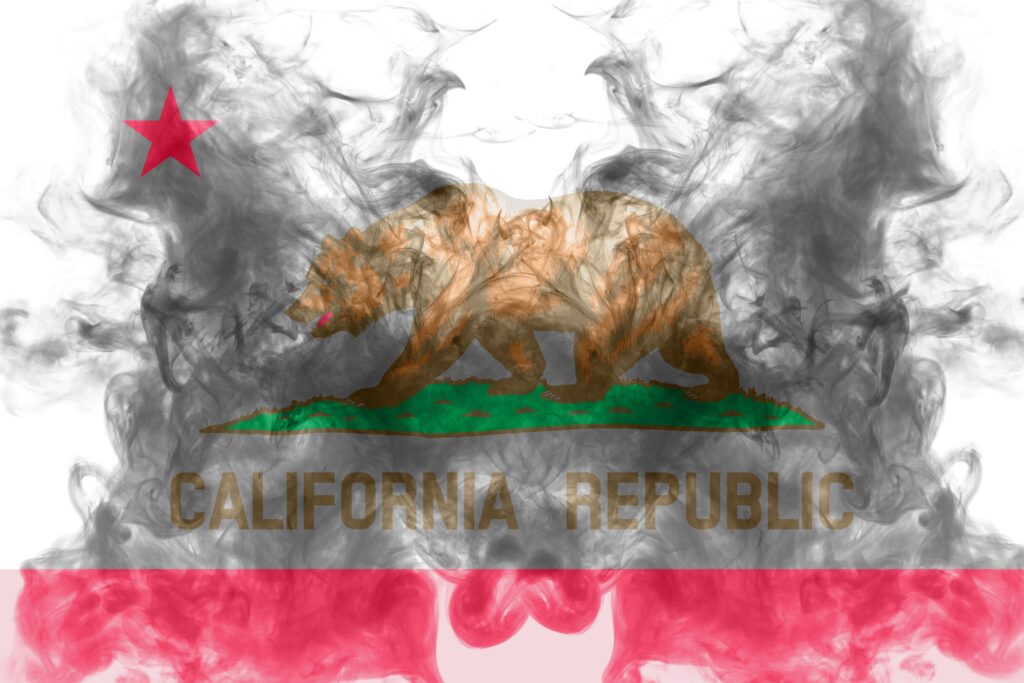Regulating Rail Technology
Introduction
America’s railroads form the core of the nation’s longdistance freight infrastructure. Trains are the mode of choice for those shipping goods between one and two thousand miles, and they compete with trucks for loads moving more than 500 miles and waterborne vehicles for loads moving across the continent. But, unlike road and water freight, private corporations operate and maintain the vast majority of rail rights of way, under the watchful eye of regulators at the Federal Railroads Administration.
In this competitive transportation environment, companies and industries must innovate to ensure that the loads upon which they subsist keep coming. Admittedly, this has become more difficult, as there are not that many monopoly profits from “captive shippers” these days in a world of ubiquitous truck transportation, and the share of freight moving by rail is well off highs from a century ago. Innovation in railroads means moving more goods faster, with fewer safety issues, all while keeping costs down and shipper prices in line with other modes. Yet innovation in transportation industries is usually, but not always, a politically rife issue, especially when new technologies threaten to change the nature of industry labor.
Last year, in cooperation with TechFreedom, R Street published its “Barriers to Innovation and Automation in Railway Regulation” study, which addressed the recent history of the changing nature of federal and state regulation with respect to rail transportation. In the year since then, railway innovation continues apace, with news of new technologies, new research and new regulatory questions surfacing in the public discourse. Accordingly, this study will highlight the most important of these developments, and analyze potential public policy responses they bring. Put generally, it finds that a robust federal role that can adapt to changing railway technology is better suited to the protection of interstate commerce than a patchwork of state limits and mandates applied to transportation firms.
Read the full study here.










